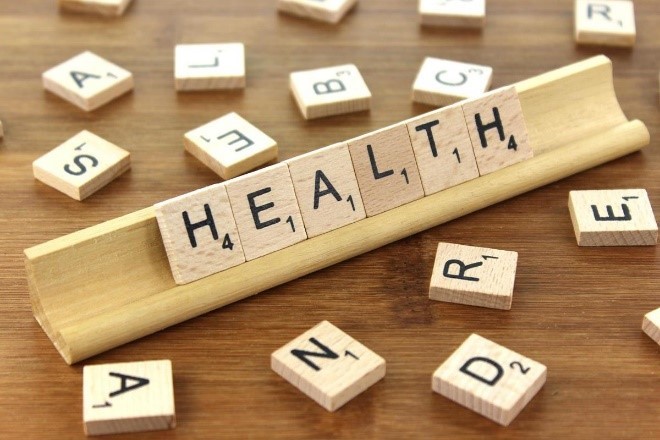Health Care Providers

Adolescents have health care needs specific to their age and development. Many injury and death causes are linked to risk behaviors that start during adolescence. The major causes of mortality (motor vehicle accidents, homicide, and suicide) are preventable. Pregnancy, sexually transmitted infections, and substance abuse are preventable too. At the same time, youth will only seek care if it’s confidential. Providers should look at development and complex needs to identify health concerns.
Adults who provide services and support to young people can use the Texas Health Step’s Adolescent Health: A Guide for Providers. It offers tips on health and related legal issues in the adolescent years. Ask for legal guidance if you have concerns or questions on laws. Visit the Texas Health Steps webpage for a current version of the Guide for Providers.
Transition to adult services maximizes lifelong functioning and well-being for all youth. The American Academy of Pediatricians provides an algorithm to assist with transition at the appropriate ages. Got Transition has tools and resources for providers, parents, and youth.
The Centers for Disease Control and Prevention (CDC) Division of Adolescent and School Health (DASH) and American Academy of Pediatrics (AAP) have resources to support health care providers. These tools improve knowledge of sexual and reproductive health care for adolescents. The new resources provide guidance on:
- Recommended services;
- Approaches to addressing important clinical issues; and
- Education on adolescent health and reducing risk taking behaviors.
Today's teens face issues no previous generation has ever seen. Some issues aren't new. But electronic media change or amplifies the struggles young people face. Digital communication changes the way teens interact with their peers and romantic interests. Because of this, many teens lack communication skills like knowing how to pick up on social cues. We can link some of this dysfunction to the overuse of technology. Teens' social media and texting habits and how they consume media are changing the way they communicate, date, learn, sleep, exercise, and more. In fact, the average teen spends over nine hours each day using their electronic devices.
Here are some social areas (as identified by Very Well Family) teens struggle with every day:
- Depression;
- Bullying;
- Sexual Activity;
- Drug use;
- Alcohol use;
- Obesity;
- Academic problems;
- Peer pressure;
- Social media; and
- On-screen violence.
During visits, consider bringing up any difficult subjects. The young person isn't likely to respond well to a lengthy lecture or too many direct questions. Don't shy away from having conversations about difficult issues. Even when it seems like they are not listening, you are an influential person in that teen's life.
Listen to what the young person has to say. Try not to be judgmental.
Next Steps
Check out the AAP online page for adolescent sexual and reproductive health. The site provides ideas to assist and support health services to adolescents. It features a variety of resources.
Follow CDC’s DASH (@CDC_DASH) and AAP (@AAPNews) on Twitter.
Also visit the CDC Healthy Youth resource:
Helpful Web Sites for Preventive Services Guidelines for Adolescents
- American Academy of Pediatrics National Center for Adolescent and Young Adult Health and Well-Being;
- Bright Futures; and
- Centers for Disease Control and Prevention Adolescent and School Health.
The Texas Department of State Health Services does not endorse external links to other websites or documents created by other agencies. These links and documents are informational and may not be accessible to persons with disabilities.